Mom proudly calls the Italian side of our family peasants. The old-fashioned word makes me laugh, but she insists that’s exactly what they were. They weren’t nobility. They weren’t merchants. They were peasants. Farmers, if you will. More specifically, they worked the mushroom fields in Cicagna, Italy – a bumpkin-sized town near Genoa.
From what I understand, our family left behind a mountainside villa and acres of mushrooms for a passport to Ellis Island. In their absence, my great-grandparents allowed a family to stay at the villa for free, as long as they worked the fields and shipped mushrooms to them, in United States, every so often. After thirty years without a visit and some political mumbo jumbo, the villa automatically transferred to the renters. Lost.
And so, too – decades before I was born – my dream of living in an Italian mountainside villa was lost.
Still, mom made sure I was thoroughly steeped in our Italian heritage – going so far as to give me my grandmother, Dorothea’s, maiden name – Foppiano. And what a pretty name to say – Foppiano – it rolls off the tongue, soft and sweet, like tiramisu.
Side note: when we married, I tried to convince Keith to combine our last names – Martin and Foppiano – into a new hybrid “Martiano.” Much to my dismay, he didn’t go for it.
Italy is megamazing when it comes to food, and I highly recommend you debrief with an overview for the nitty gritty; this post is about Italian food as passed down from my Foppiano roots. Cicagna is in northwest Italy, although many of the dishes are ubiquitous.
Let’s start with the obvious. All you need to celebrate Italy are a few eggs, flour, and water. The result? Pasta dough [Recipe]. Italians make an art of rolling their pasta dough thin. In my family, my great grandmother covered her rough wooden table with an oil cloth, a heavy duty covering that refused to budge no matter how long and hard she rolled the dough. (I should mention she only used eggs and flour – making for a really stiff dough). Mom says the process went on for an hour – she rolled it until the sheet of pasta was the size of the table. Roll, slap. Roll, slap. Eventually it turned into homemade ravioli. Most of the time she made hers with ingredients such as spinach, and ricotta. Our distant cousin, Alfred, made his with pork chops, spinach, nutmeg, etc [Recipe].
Italians love good produce and no other vegetable says Italy like the artichoke. In our family we ate them stuffed and steamed [recipe]. While many Italians like a meat filling, the recipe passed down to me is vegetarian and completely addictive. Of course, artichokes can also be served as part of an antipasto, in salads, on pizza and more. Another beloved vegetable in our family was the eggplant – mom often fried and layered them with cheese and tomato sauce. You surely know this treat – eggplant parmesan.
When I was especially good, we liked to go to the North End in Boston – an area known in those days to be 99% Italian – to get either a slice of pizza or a real Italian sub. Inevitably, we’d finish things off with a good cannoli. I tasted my first Tiramisu when I was in college at a Christmas potluck. Tiramisu [Recipe] is more central Italian in origin and is basically a brand new dessert in the schemes of culinary history – so it just wasn’t a part of our typical repertoire. Still, when made right it’s completely addictive.
What are your favorite Italian dishes?
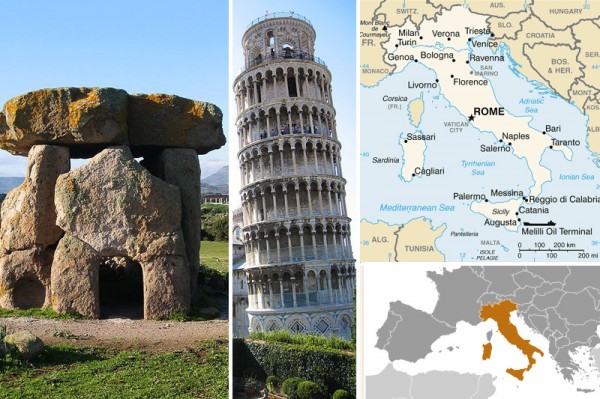
Mores, Sardegna, Italy. Photo by Zagor Demores | Pisa Tower. Photo by Johann H. Addicks | Maps courtesy CIA World Factbook.


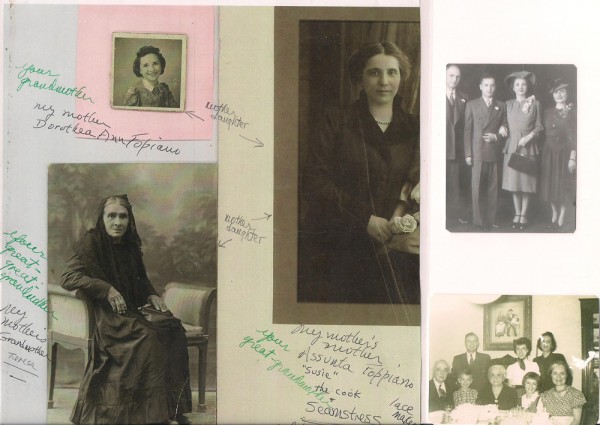
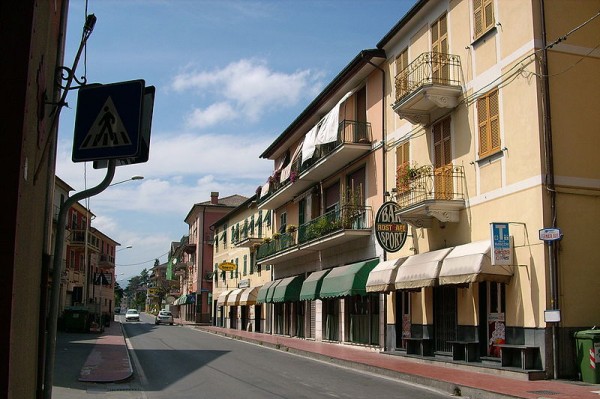
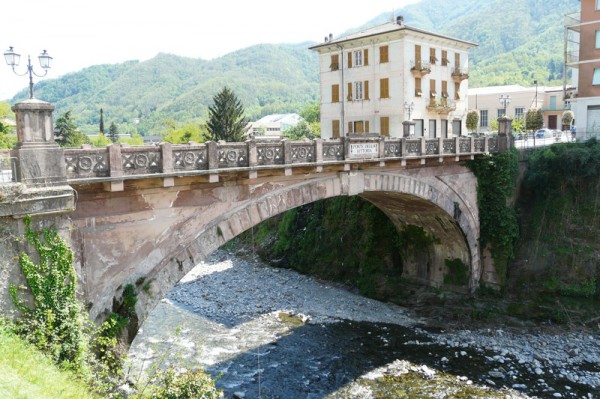
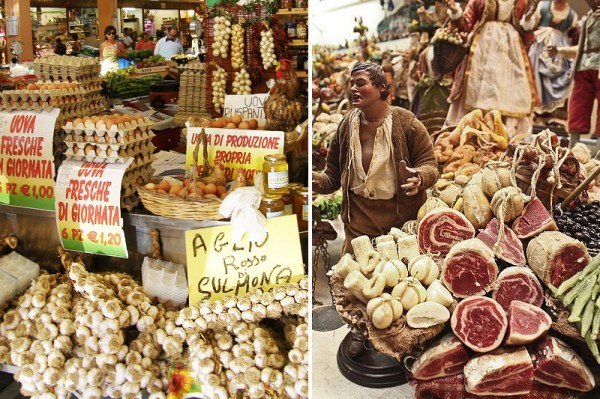

14 Comments